Southeast of the Citadel, on both banks of the Perfume River, are the seven imperial tombs of Hue, monuments to the rulers of the Nguyen Dynasty, including Minh Mang, Khai Dinh, and Tu Doc. The largest were planned by the emperor himself, so each one reflects the personality of the deceased ruler. Within the imperial tombs, you can see courtyards filled with stone elephants, horses, and soldiers, as well as pavilions and temples for worshipping the emperor’s soul.
In this article, we’ll list the five imperial tombs of Hue that we consider the most emblematic, with a brief explanation of each tomb, current prices (as of April 2015), and their location. In subsequent articles, we’ll delve deeper into each one and show you a good number of photos.
If you’re planning to visit the imperial tombs of Hue, you have two main options, explore on your own by renting a motorbike, or book a complete Hue tour, which will take you to the tombs and other iconic landmarks in the city.
The choice is yours!
The Imperial Tomb of Tu Duc is perhaps the most famous of all. Located in a narrow valley in Duong Xuan Thuong village, 8 km from Hue, it is one of the most beautiful examples of royal architecture from the Nguyen Dynasty.
The tomb is divided into two main sections: The temple area, featuring a lake and pavilions where the emperor used to admire flowers, compose poetry, and read books. And the tomb area, where his actual burial site is located.
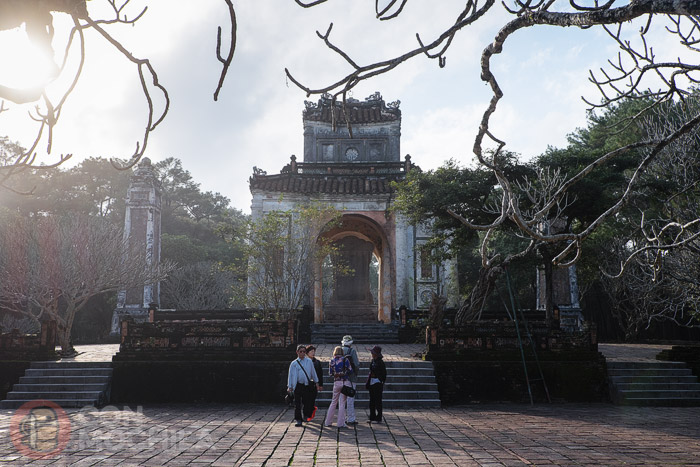
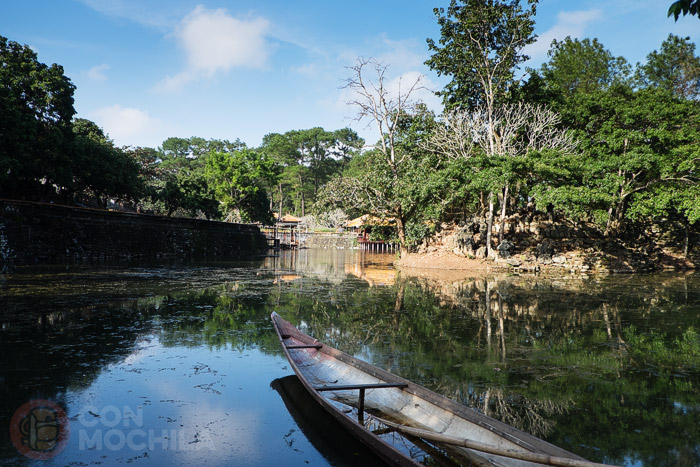
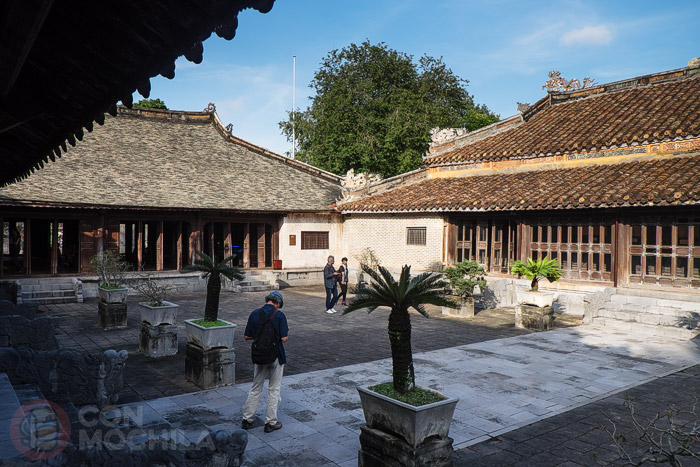
The Imperial Tomb of Thieu Tri is located in Chu Chanh village, about 8 km from Hue. Emperor Thieu Tri ruled for seven years but passed away without having built his own tomb, as he didn’t want the people and soldiers to labor on it. After his death, Emperor Tu Duc took the throne and immediately sought land for his father’s burial site. Like other imperial tombs, it is divided into two sections: the tomb area and the temple area
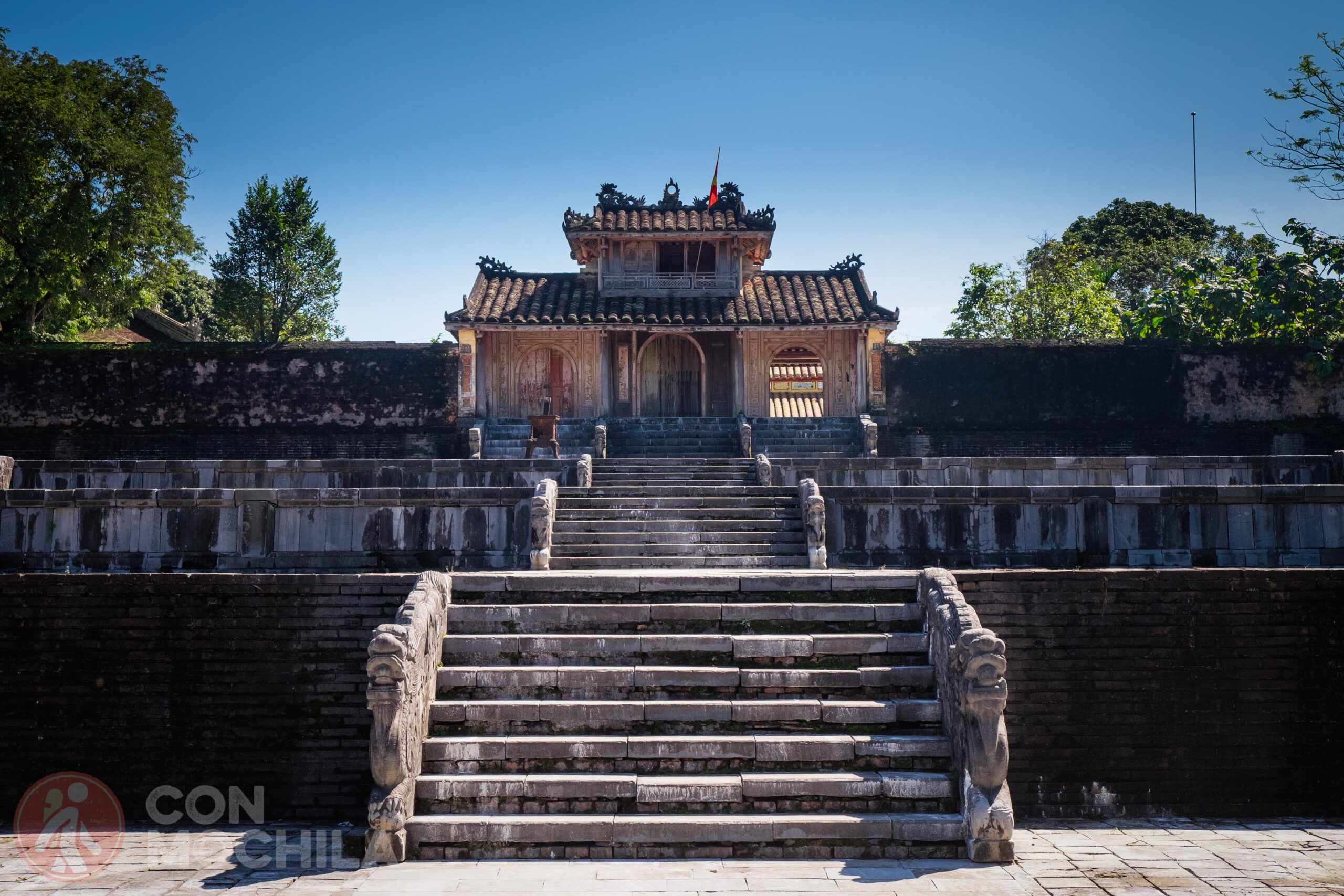
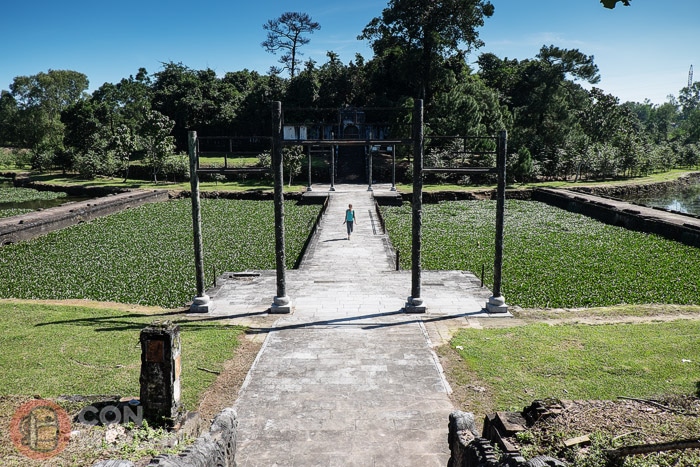
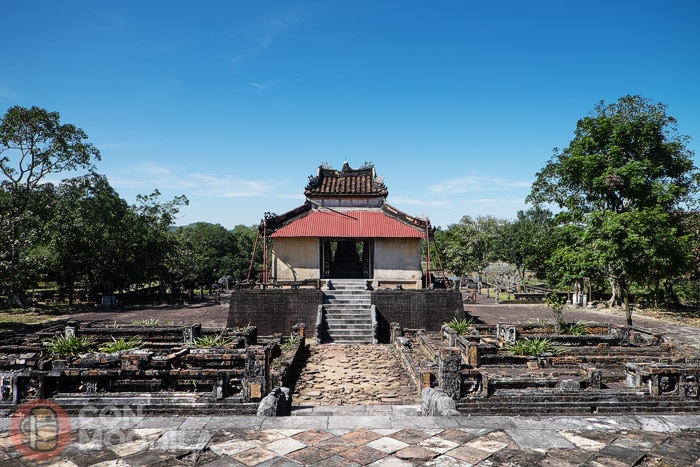
One of the most stunning imperial tombs, renowned for its architectural beauty, is the Imperial Tomb of Minh Mang. Located 12 km from Hue on the west bank of the Perfume River.
Minh Mang’s tomb is a grand architectural complex consisting of 40 structures (palaces, temples, pavilions, etc.), all aligned along a central axis, running from Dai Hong Gate to La Thanh, the wall behind the emperor’s tomb.
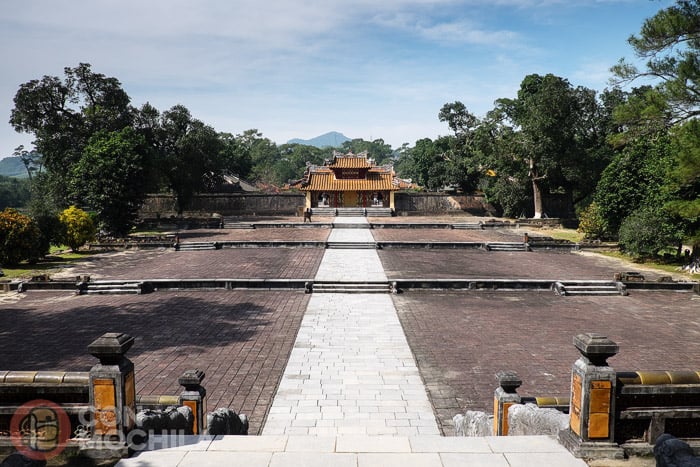
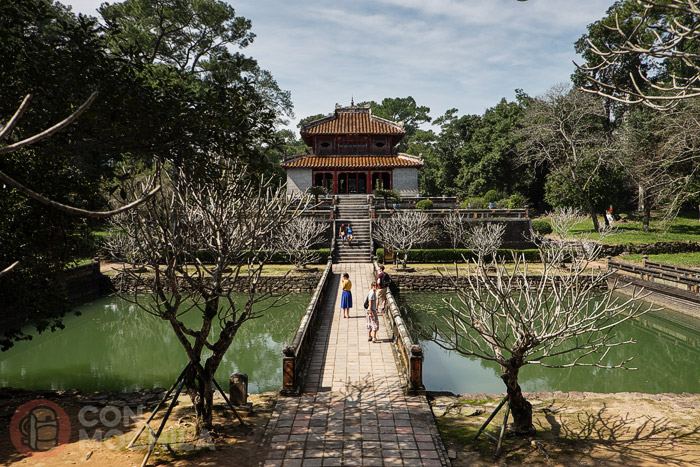
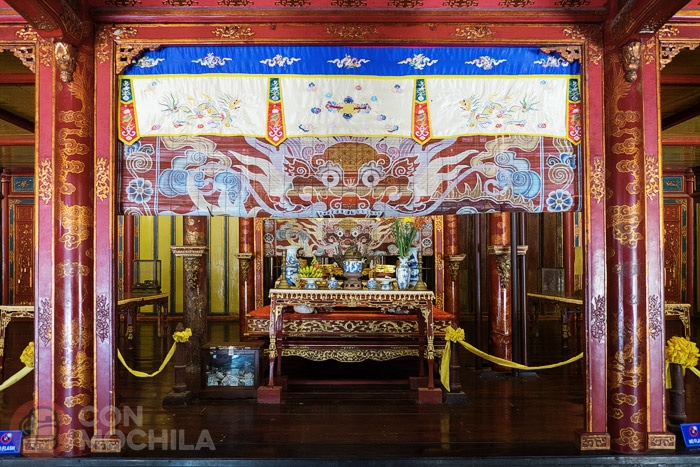
Another tomb that left us speechless was the Imperial Tomb of Khai Dinh, especially when we stepped inside Khai Thanh Palace. The emperor chose the slope of Chau Chu Mountain, 10 km from Hue, as the location for his final resting place.
This architectural complex is a unique blend of Vietnamese and European elements. Most of the outer tomb is covered in dark, almost black concrete, giving it a gothic appearance. In contrast, the walls of Khai Thanh Palace are richly decorated with glass and porcelain inlays.
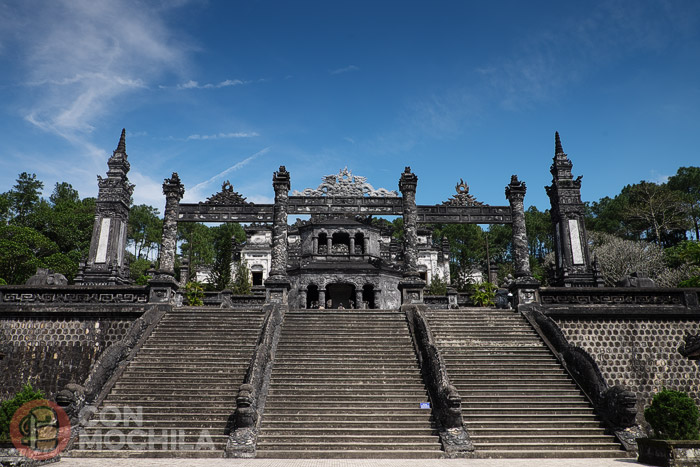
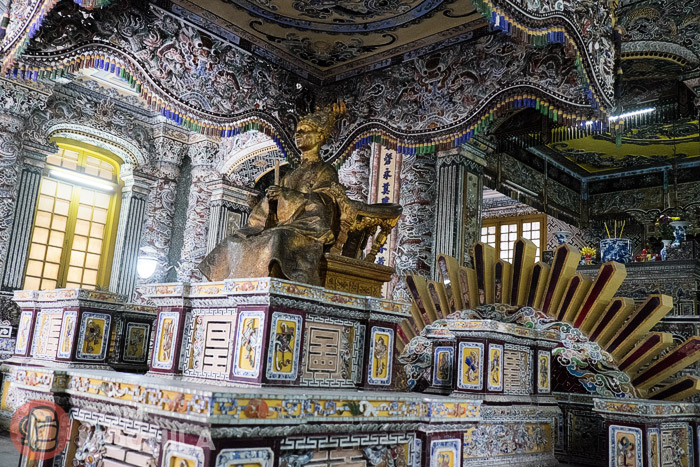
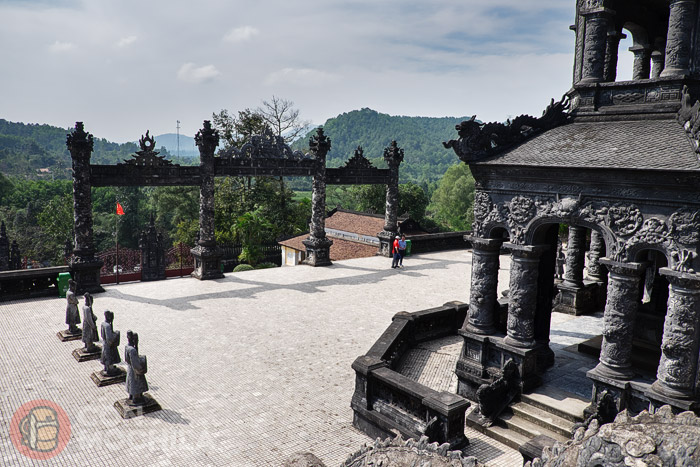
The Imperial Tomb of Dong Khanh is located in Cu Si Village, 6 km from Hue City. This tomb marks the beginning of the fusion between European and Asian architectural styles, blending traditional and modern elements.
It is divided into two main sections: the worship temple and the tomb area.
It is also the smallest tomb of the Nguyen Dynasty. The tomb complex consists of 20 buildings, and the ceremonial courtyard is decorated with terracotta and cement statues.
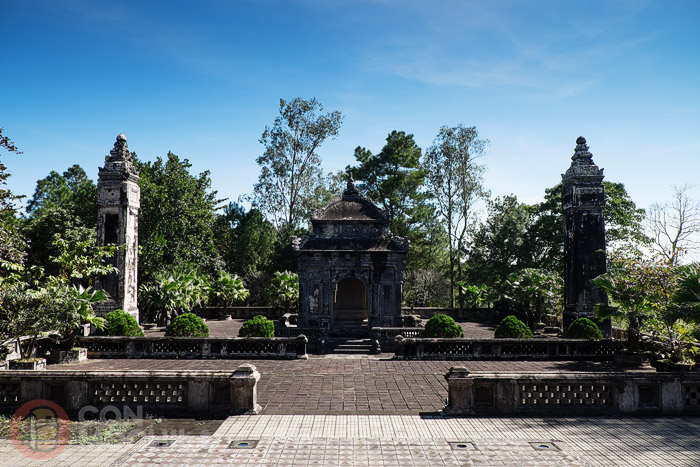
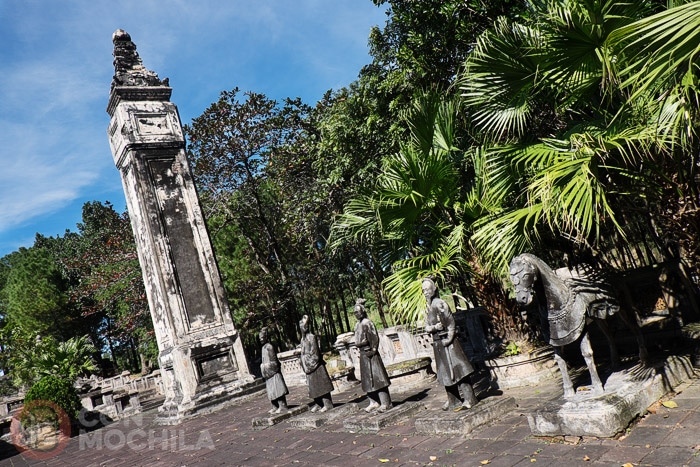
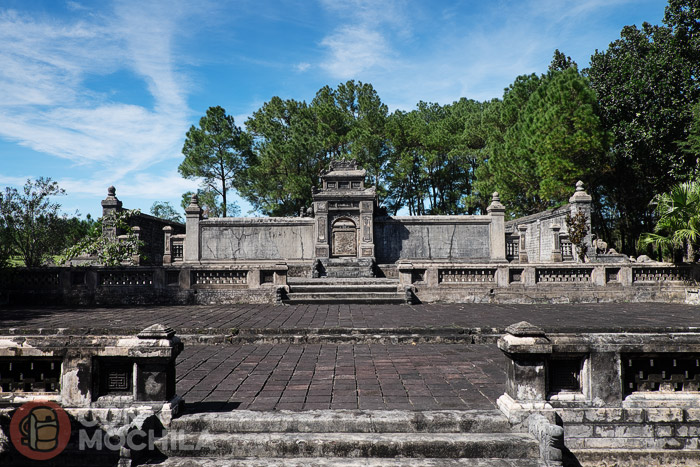
The two remaining tombs are: the Imperial Tomb of Emperor Gia Long (Entrance fee: 40,000 VND), and the Imperial Tomb of Emperor Duc Duc (Free entrance). We did not visit these tombs, but they are generally not considered must-see attractions.